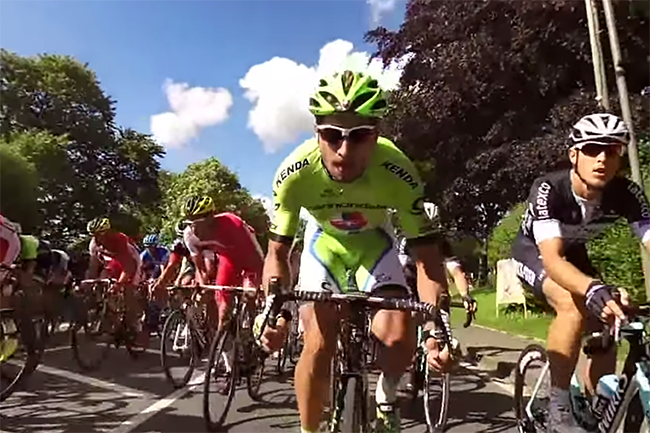
Bike doping, also known as mechanical doping, is a growing problem in the sport of cycling. It involves the installation of a small motor weighing less than 2 kilograms in the seat tube or rear hub of a bike. Though small and quiet, a seat tube motor is capable of providing more than 250 watts of extra power to a typical racing bicycle. This output is sufficient to match a cyclist’s average power output during a four-hour stage race.
The alternative hub mount is smaller and produces only 25 watts, which is still enough to give them a boost over their competition. Most available drive systems use an on/off switch that is hidden at the end of the handlebar, while others use a sensor that will turn on the motor when a racer’s cadence falls below a certain level.
The motor is used to power the bike’s drivetrain and allows the rider to simulate pedaling while the motor does all the work. The drive systems were designed initially for disabled or elderly riders but recently have been optimized for racing. In their competitive form, the drives are silent and light enough that bikes with the system remain under the cycling union’s minimum weight and can evade a race official’s watchful eye … until now.
Race officials previously had to rely on visual inspections to try to identify bikes with hidden motors. Officials scan race footage, looking for finger movements that suggest a rider is pushing a button, and also look for unusual tire movements, such as a continuously spinning tire after a fall. These subtle clues only hinted at the presence of a motor and, in most cases, were not definitive enough to warrant a bike inspection.
To combat this form of cheating, the Union Cycliste Internationale (UCI) has developed a magnetic resonance scanning system that currently is being used and a recently introduced thermal imaging camera system, which can detect hidden bike motors throughout the course of a race.
Tour de France officials announced this week that they will use both thermal imaging cameras and magnetic resonance scans during this year’s high-profile race. The thermal cameras are capable of detecting heat signatures consistent with a motor on a bike’s rear hub or crankset. The cameras will be used throughout the race and can be utilized both during the competition and on the side of the road. Race officials are not saying where or when the checks will occur. Officials also will be using a magnetic resonance scanning system at the start and finish lines. This scanner identifies doctored bikes using a device that emits a magnetic field. An attached tablet analyzes this magnetic field looking for unusual disruptions from bikes with motors hidden within their frames.
In the first confirmed case of bike doping, this magnetic resonance system detected a hidden motor inside the bicycle of Belgian cyclocross rider Femke Van den Driessche. Van den Driessche initially claimed the motorized bike did not belong to her but changed that statement shortly before a UCI disciplinary hearing. Rather than face a lifetime suspension and fines of up to 50,000 euros, Van den Driessche resigned from the sport of cycling.



